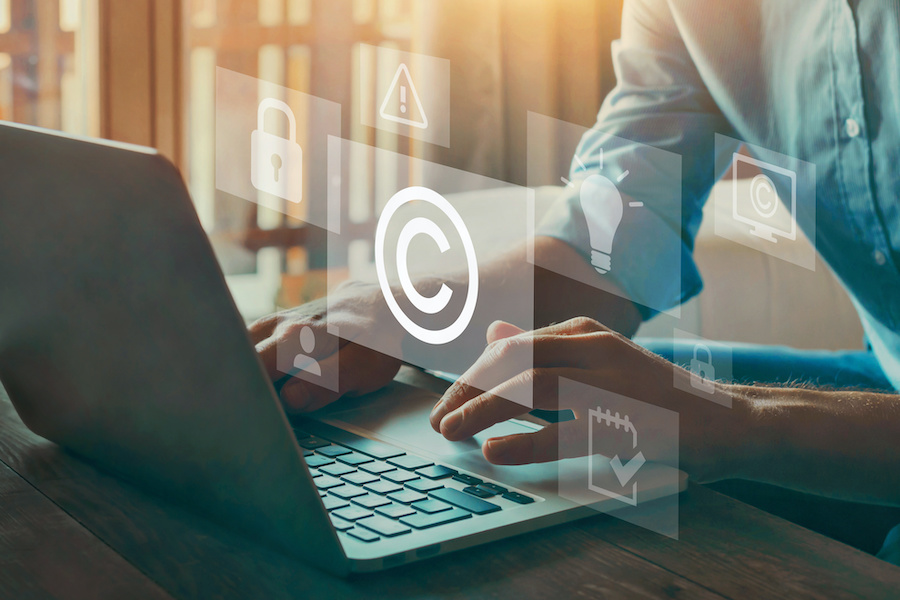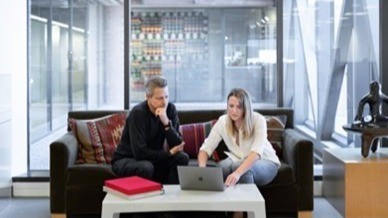Join
AES
Join
AES
Contact
Us
Contact
Us
I recently spoke to AES Legal Advisor John Crosby about how Copyright can apply to associations and some things to watch out for.
As John noted in our discussion, Copyright is controversial. It is often asserted by different organisations, but not always with merit. Many documents will feature the Copyright symbol; however, this symbol is irrelevant when asserting or proving Copyright. Copyright exists whenever a work in original and every work of literature created by anyone has Copyright is original creations and literary works law.

Copyright is ubiquitous around the world, but laws around Copyright differ between countries. In Australia, our laws are particularly strict, leading to many breaches of Copyright going uncontested. As reported, we probably all breach Copyright about 80 times a day. There have been calls for our laws to be relaxed and to more closely mirror the US model where a defence of ‘fair dealing’ exists.
In Australia, there is no organisation that polices Copyright. Copyright Australia is a commercial organisation that allows Copyright owners to register and have notarised their ownership or creation of a work. This can later be used in evidence during infringement actions. However, it is not necessary to register Copyright with Copyright Australia for it to apply. This is different to other types of Intellectual Property rights, such as in the case of patents, trademarks, and designs. These are registered with a statutory authority.
Copyright claims are asserted daily both by and against journalists. Currently, government is considering a suggestion to establish a special ‘quick court’ to deal with these smaller claims without going through the Federal Court system.
Associations that are developing materials – including written documents and publications, web content, video content, and more – can assert Copyright. There is no need to use the Copyright symbol for Copyright to apply.
However, Copyright only exists if the work is truly original. If the works takes the ideas or previously written statements from other individuals, such as an accumulation of insights from an association’s membership base, Copyright does not exist. In fact, the people whose ideas are being included in the work may have a case to assert Copyright themselves.
If resources developed by your association have been copied or used without your consent, you may wish to take action. John suggests that the first step is to send a cease-and-desist letter. Templates for these letters can be easily found online.
You may also wish to offer to license the use of the materials at your chosen rate. This means you are giving the offending party the right to use the resource when payment is made.
If the issue is not resolved, the next step is to seek an injunction and go to court. However, it is worth noting that for minor infringements it is often not worth taking legal action. The degree of damage is so small that litigation will be more expensive than any compensation.
Photographs are particularly complicated due to what John calls the ‘daisy chain’ of Copyright issues. Both the photographer and the persons featured in any photos are protected, making it difficult to use images of people without consent.
Due to this, photos are more likely to be involved in claims. Photographers generally find it easy to advocate for an infringement claim, due to the obviously unique nature of a photo. When using images, you need to purchase a license for their use. If you use an image illegally, you can normally settle the matter by negotiating to pay a fee.
If you are hoping to use photos taken at association events, such as conferences, you can easily gain consent from attendees prior. Include some terms and conditions in the conference registration process to inform attendees that their photo may be used in promotional or online materials.
If you are taking and using photos of more well-known people, however, you need a waiver or some form of agreement for use of their photo. This can be covered in their contract if they are appearing at your event for a fee.

Too often, associations are eager to expand their membership before ensuring the organisation is on solid footing. But real, sustainable growth starts from within. Before you open the doors to new members, it's essential to check that the ship is seaworthy—strategically, financially, and operationally.
How we help membership based, not-for-profit associations now and into the future.